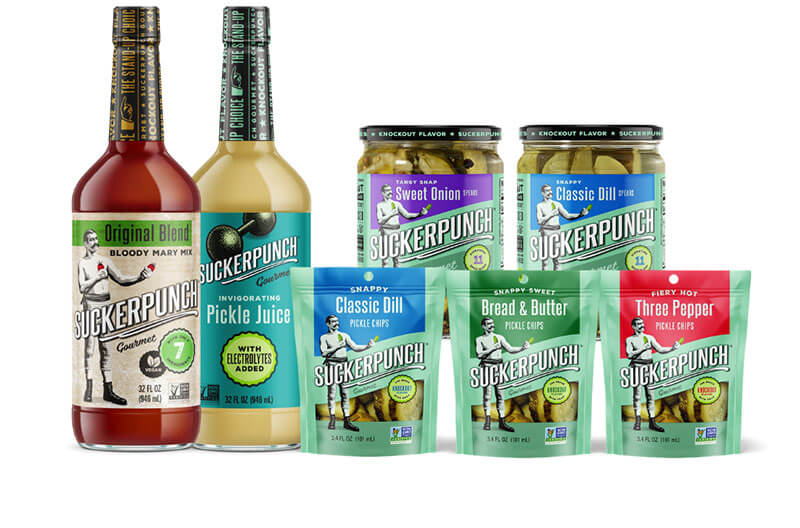Source: Link Testing Instruments Co.,Ltd.

How to test the content resistance of pickled vegetables packaging?
The so-called content resistance of pickled vegetables packaging refers to whether the barrier properties, flexibility and other properties of the finished packaging bags of pickled vegetables have changed compared with the packaging bags of unpackaged pickled vegetables. Therefore, the content resistance of pickled vegetables packaging can be tested by testing the composite fastness (tested by peel strength test) or tensile force and elongation at break (by tensile, elongation and elasticity) to verify.
What properties should be paid attention to when the packaging of pickled vegetables enters the factory?
(1) Barrier properties
• Barrier property to oxygen in the environment—verified by the oxygen transmission test to prevent the packaging materials from becoming moldy and swollen in the pickles due to the large transmission and poor barrier properties.
• Kneading resistance - For composite films containing aluminum (such as aluminized film, aluminum foil, etc.), the oxygen transmission before and after rubbing is tested for comparison and verification. If the rubbing resistance is poor, creases, Pinholes and other phenomena cause the barrier property of the packaging material to decrease.
(2) Physical and mechanical properties
• Uniformity of thickness - Verified by testing the thickness of the packaging, the uniformity of thickness is the basis for ensuring good performance of packaging materials.
•Smoothness - verified by the friction coefficient test to prevent the packaging material from being difficult to unwind or slip due to too large or too small friction coefficient, respectively.
•Compound fastness - verified by peel strength test to prevent the packaging material from being intolerant to the oil or acid-base solution inside the pickled vegetables, which will lead to a more serious decrease in the composite fastness of the packaging bag with poor composite fastness, or even stratification phenomenon.
(3) Hygienic performance
• Residual amount of organic solvent - verified by solvent residue test, if the residual amount of solvent is too much, the packaging film will have peculiar smell, and the residual solvent will more easily migrate into the packaged pickled vegetables in an acid-alkali environment, resulting in the appearance of pickled vegetables. Odors affect the health of consumers.
What are the common packaging forms and materials of pickled vegetables?
(1) Common packaging forms
• Bottled: The common one is glass bottled. Due to the sealing after heating and sterilization during processing, a certain negative pressure can be formed in the bottle, which can slow down the oxidative deterioration of pickled vegetables and has good sealing performance. Therefore, the shelf life of bottled pickled vegetables Generally longer. However, it is necessary to strictly control the sealing effect of the bottle mouth during filling.
• Bag packaging: Common packaging bags include plastic composite film and aluminized composite film (a composite of plastic film and aluminized film), etc. Generally, vacuum packaging is used to prevent the pickles from going rancid. The quality assurance effect is related to the barrier and sealing properties of the packaging bag.
(2) Common packaging materials
•BOPP/PVDC/CPP: It has high barrier properties, high temperature cooking resistance, softness, suitable for food vacuum body packaging, and is often used in the packaging of mustard;
•KPET/PE, KOPP/PE, K cellophane/EVA, OPP/cellophane/PP, OPA/EVOH/PE: with acid resistance, light resistance, gas barrier, moisture barrier, cold resistance, low temperature heat sealing and inclusion resistance Material heat sealability, suitable for the packaging of impregnated food;
•BOPP/PE, BOPP/EVOH/PE (or EVA), PET/PE (or EVA), KPA/PE, BOPP/Al/PE, BOPP/VMPET/PE, PET/VMPET/PE, BOPA/VMPET/PE , BOPA/PE (or EVA), BOPA/Al/CPP: used for packaging of mustard, salted vegetables and pickles.
For more details please visit www.linktesting.org